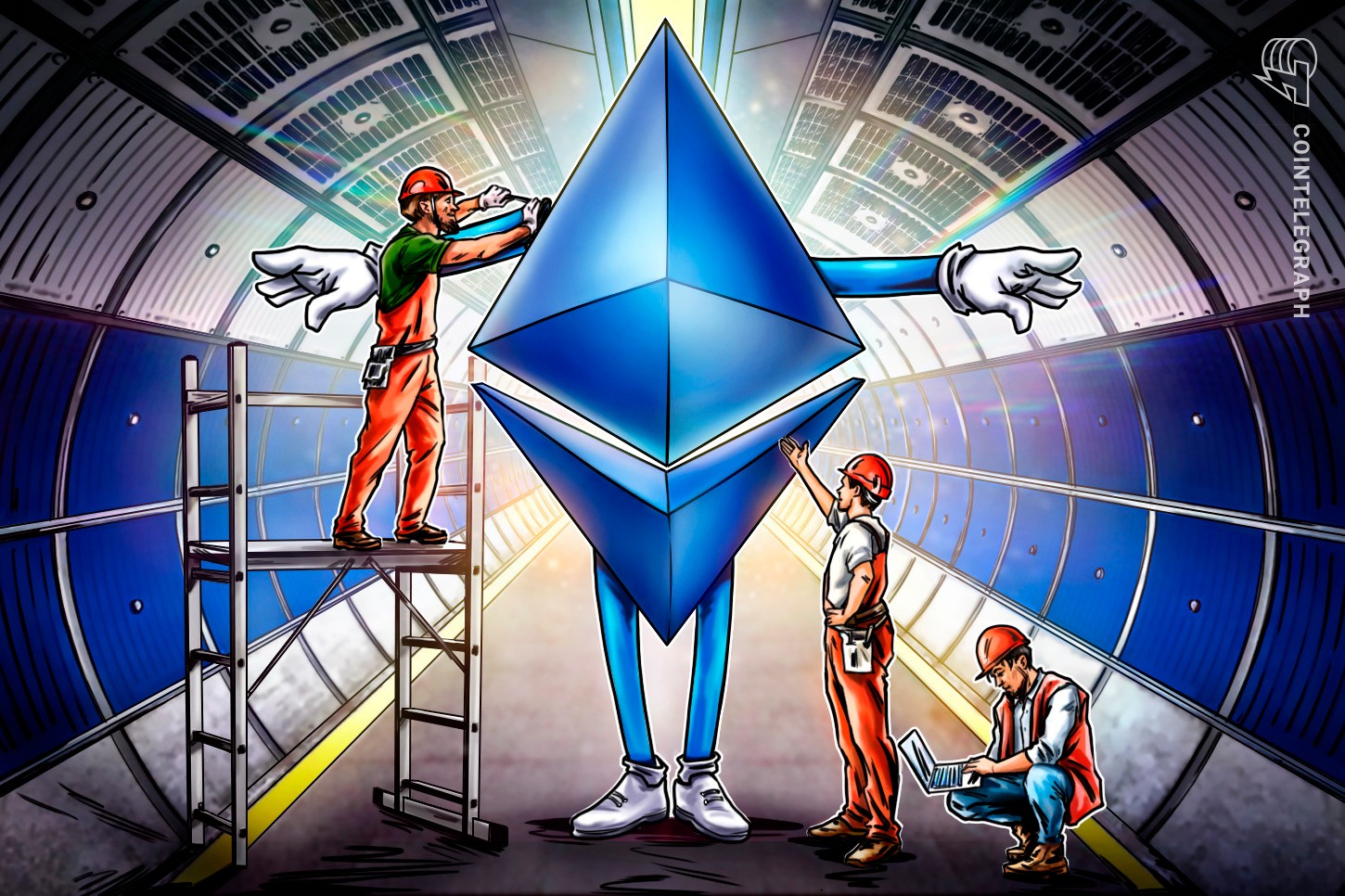The Ethereum ecosystem’s biggest roadblock to mainstream dominance is often attributed to the extremely high transaction fees — known as gas fees — it requires to complete a transaction. However, with Ethereum’s average gas fees coming down to 0.0015 Ether (ETH), the narrative is set to change.
The average transaction fee on the Ethereum blockchain fell down to 0.0015 ETH or $1.57 — a number previously seen in December 2020. However, starting in January 2021, Ethereum’s gas fees surged, owing to the hype around nonfungible tokens (NFT), decentralized finance (DeFi) and a promising bull market.

For nearly two years, between January 2021 and May 2022, the average gas fee required by the Ethereum network was roughly $40, with May 1, 2022 recording the highest gas cost of $196.638 — as evidenced by data from BitInfoCharts.
Supporting this sudden drop in gas prices, Cointelegraph uncovered on Saturday that the daily NFTs sales have also dropped to one-year lows. The NFT ecosystem recorded its worst performance of the year in June as the total number of daily sales fell to roughly 19,000, with an estimated value of $13.8 million.

In November 2021, back when numerous investors reported outrageous gas fees, Ethereum co-founder Vitalik Buterin published a decrease-cost-and-cap proposal to reduce unprecedented levels of strain on the network. Buterin had proposed a short-term solution to further cut rollup costs by introducing a call-data limit per block to lower ETH gas costs.
Related: Ethereum liquidity provider XCarnival negotiates return of 50% stolen ETH
Ethereum liquidity provider XCarnival recovered 1,467 ETH just a day after suffering an exploit that drained 3,087 ETH, worth roughly $3.8 million, from the protocol.
XCarnival was attacked on June 26, 2022 and suspended part of the protocol. XCarnival officials will give 0xb7CBB4d43F1e08327A90B32A8417688C9D0B800a owner 1500 ETH bounty.
— XCarnival (@XCarnival_Lab) June 27, 2022
At the same time, XCarnival officals explicitly exempt the person from legal action.
By XCarnival team
Blockchain investigator Peckshield explained the nature of the attack by stating:
“The hack is made possible by allowing a withdrawn pledged NFT to be still used as the collateral, which is then exploited by the hacker to drain assets from the pool.”


